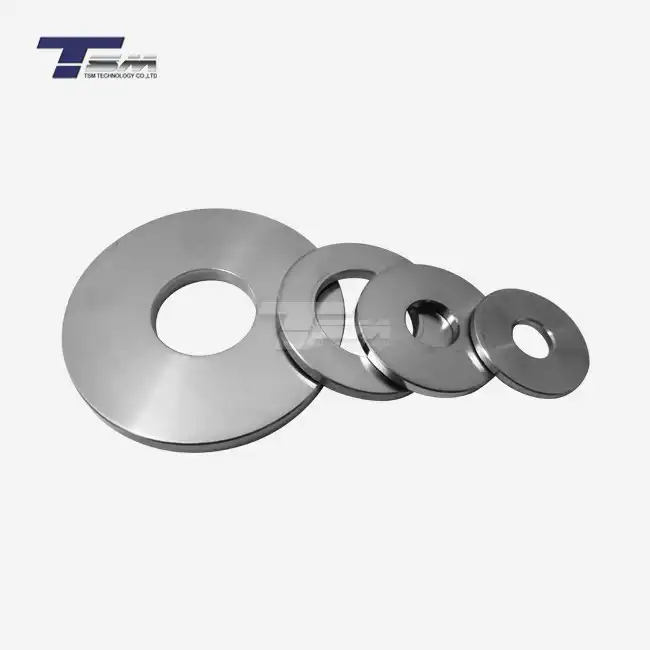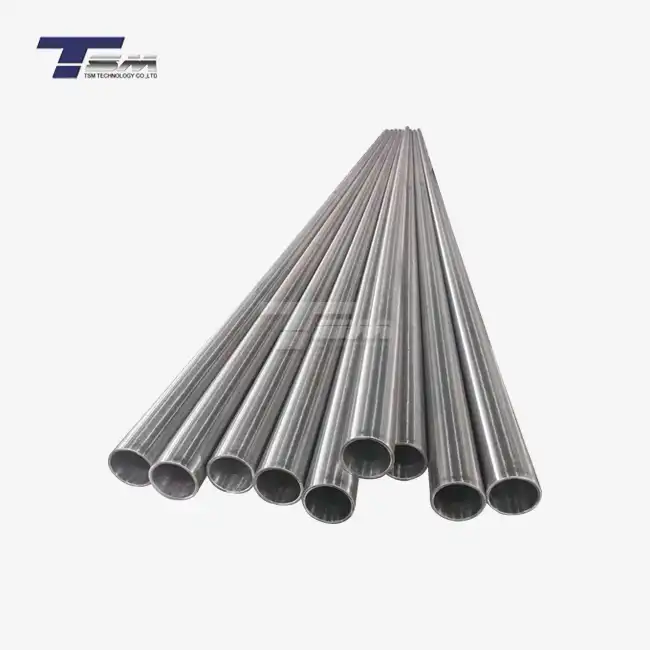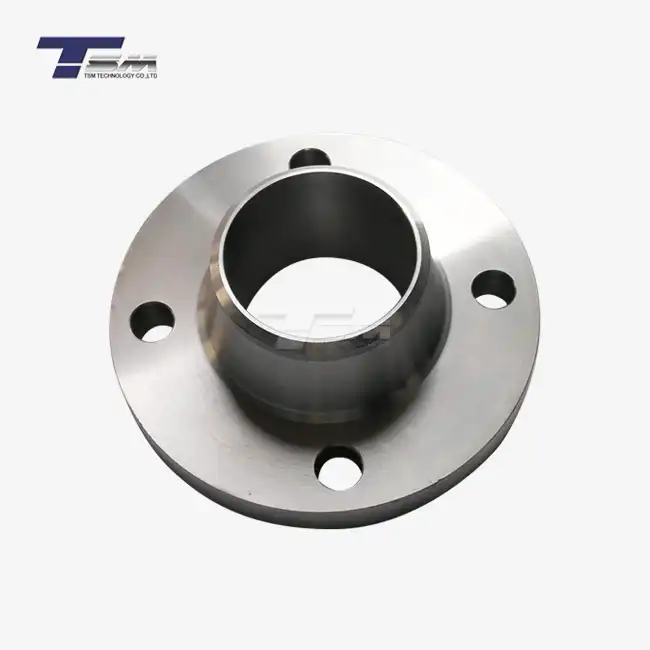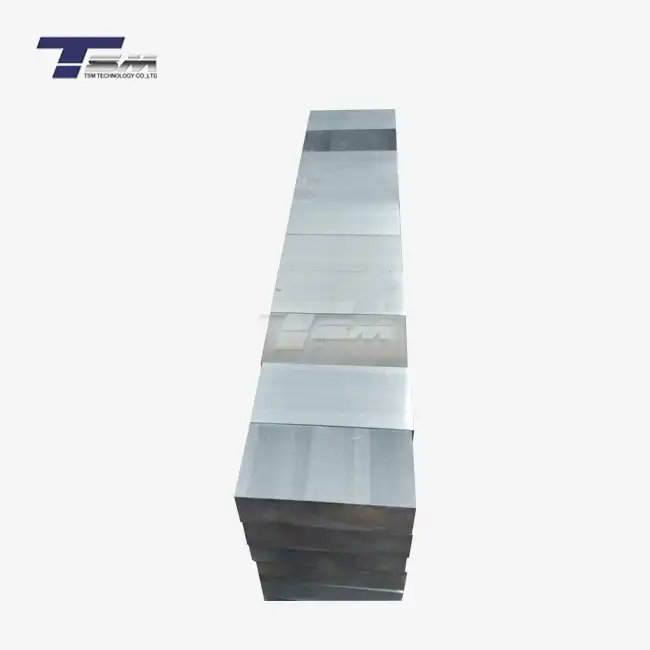The Environmental Impact of Inconel 625 Tube Production
Raw Material Extraction and Processing
The production of Inconel 625 tube begins with the extraction of raw materials, primarily nickel, chromium, molybdenum, and other alloying elements. This process, like many mining operations, can have significant environmental implications. However, advancements in mining technologies and stricter environmental regulations have led to more sustainable extraction methods. Companies are now implementing techniques such as in-situ leaching and tailings management to minimize land disturbance and reduce water consumption.

Once extracted, these raw materials undergo various processing stages to create the Inconel 625 alloy. Modern metallurgical facilities employ energy-efficient furnaces and recycling systems to reduce energy consumption and emissions. Additionally, many manufacturers are investing in closed-loop water systems and air filtration technologies to mitigate environmental impact during the alloying process.
Manufacturing Processes and Energy Efficiency
The manufacturing of Inconel 625 seamless pipe and tubing involves sophisticated processes such as extrusion, pilgering, and cold drawing. These operations require substantial energy input, which has led manufacturers to explore more energy-efficient technologies. For instance, induction heating methods are being adopted to reduce energy consumption during the tube forming process. Furthermore, advanced process control systems optimize material flow and minimize scrap, contributing to resource conservation.
Heat treatment, an essential step in achieving the desired properties of Inconel 625 tube, has also seen improvements in energy efficiency. Vacuum furnaces and precision temperature control systems ensure uniform heating while reducing energy waste. Some facilities have even implemented heat recovery systems to capture and reuse thermal energy from the manufacturing process, further enhancing overall energy efficiency.
Waste Management and Recycling Initiatives
The production of Inconel 625 seamless tubing generates various forms of waste, including metal scrap, used cutting fluids, and packaging materials. Progressive manufacturers have implemented comprehensive waste management strategies to address these issues. Metal scrap is carefully segregated and recycled, often being reintroduced into the production process or sold to specialized recycling facilities. This not only reduces waste but also decreases the demand for virgin raw materials.
Cutting fluids and coolants used in the manufacturing process are now subject to advanced filtration and recycling techniques, extending their usable life and minimizing environmental contamination. Additionally, packaging materials are increasingly made from recycled or biodegradable substances, further reducing the ecological footprint of Inconel 625 tube production.
Long-Term Environmental Benefits of Inconel 625 Tube Applications
Corrosion Resistance and Durability
One of the most significant environmental advantages of Inconel 625 tube lies in its exceptional corrosion resistance and durability. This superalloy can withstand extremely corrosive environments, high temperatures, and mechanical stress without degradation. In practical terms, this means that Inconel 625 pipe installations have an extended lifespan compared to many other materials, reducing the frequency of replacements and repairs.
The longevity of Inconel 625 seamless pipe translates to fewer resources consumed over time for maintenance and replacement. This reduction in material turnover not only conserves raw materials but also minimizes the energy and emissions associated with manufacturing and transportation of replacement parts. In industries such as chemical processing, oil and gas, and marine applications, where exposure to harsh conditions is constant, the use of Inconel 625 tubing significantly reduces the environmental impact of frequent equipment replacement.
Energy Efficiency in High-Temperature Applications
Inconel 625 tube excels in high-temperature applications, maintaining its strength and integrity in environments where other materials would fail. This property makes it invaluable in energy-intensive industries, where it contributes to improved energy efficiency. For instance, in power generation plants, Inconel 625 seamless pipe is used in heat exchangers and boiler tubes, allowing for higher operating temperatures and pressures. This increased thermal efficiency results in less fuel consumption and lower emissions per unit of energy produced.
In the aerospace industry, the use of Inconel 625 tubing in jet engine components allows for higher combustion temperatures, leading to improved fuel efficiency and reduced emissions. As the global focus on reducing carbon footprints intensifies, the role of high-performance materials like Inconel 625 in enhancing energy efficiency becomes increasingly significant.
Contributions to Renewable Energy Technologies
Inconel 625 tube plays a crucial role in the development and implementation of renewable energy technologies. In geothermal power plants, where corrosive geothermal fluids and high temperatures pose significant challenges, Inconel 625 seamless tubing is used for well casings and heat exchangers. Its resistance to stress corrosion cracking and thermal fatigue ensures long-term reliability, making geothermal energy more viable and sustainable.
Offshore wind turbines, another growing sector in renewable energy, benefit from the use of Inconel 625 tubing in various components exposed to harsh marine environments. The alloy's resistance to saltwater corrosion and its high strength-to-weight ratio contribute to the longevity and efficiency of these structures, supporting the expansion of clean energy production.
Environmental Considerations in the Lifecycle of Inconel 625 Tube
Lifecycle Assessment and Carbon Footprint
To fully understand the environmental impact of Inconel 625 tube, it's essential to consider its entire lifecycle. Lifecycle assessment (LCA) studies have shown that while the initial production of Inconel 625 may have a higher carbon footprint compared to some conventional materials, its long-term benefits often outweigh this initial impact. The extended service life, reduced maintenance requirements, and enhanced performance in critical applications result in a lower overall environmental impact when assessed over the product's entire lifecycle.
Recent advancements in production technologies have also contributed to reducing the carbon footprint of Inconel 625 tube manufacturing. For instance, the adoption of electric arc furnaces powered by renewable energy sources has significantly decreased the carbon emissions associated with the melting and alloying processes. Furthermore, the increasing use of recycled content in Inconel 625 production helps to offset the environmental impact of virgin material extraction.
End-of-Life Considerations and Recyclability
At the end of its service life, Inconel 625 tube presents favorable recyclability characteristics. The high value of its constituent elements, particularly nickel and chromium, makes recycling economically viable. Advanced sorting and separation technologies enable the recovery of these valuable materials with high efficiency. The recycled content can then be reintroduced into the production of new Inconel 625 alloy or other nickel-based superalloys, creating a more circular material economy.
Moreover, the durability of Inconel 625 often allows for the repurposing or refurbishing of components, extending their useful life beyond their original application. This adaptability further enhances the material's environmental credentials by reducing the demand for new production and associated resource consumption.
Sustainable Innovations in Inconel 625 Tube Production
The ongoing research and development in the field of superalloys are yielding promising innovations that could further enhance the environmental profile of Inconel 625 tube. Additive manufacturing techniques, such as 3D printing, are being explored for producing complex Inconel 625 components with minimal material waste. This technology not only reduces raw material consumption but also allows for the creation of optimized designs that can improve performance and efficiency in various applications.
Another area of innovation is in surface treatments and coatings that can further enhance the corrosion resistance and longevity of Inconel 625 seamless tubing. These advancements have the potential to extend the service life of components even in the most demanding environments, thereby reducing the frequency of replacements and the associated environmental impacts.
Conclusion
In conclusion, while the production of Inconel 625 tube does have environmental implications, its overall impact when considered across its entire lifecycle is generally positive. The material's exceptional durability, corrosion resistance, and performance in extreme conditions contribute to extended service life, reduced maintenance, and improved efficiency in critical applications. Furthermore, its role in enabling renewable energy technologies and its high recyclability add to its environmental credentials. As manufacturing processes continue to evolve and become more sustainable, the environmental friendliness of Inconel 625 tube is likely to improve further, solidifying its position as a material of choice for environmentally conscious engineering solutions.
Contact Us
For more information about our Inconel 625 tube products and their environmental benefits, please don't hesitate to contact us at info@tsm-technology.com. Our team of experts is ready to assist you in selecting the most suitable and environmentally friendly solutions for your specific needs.



